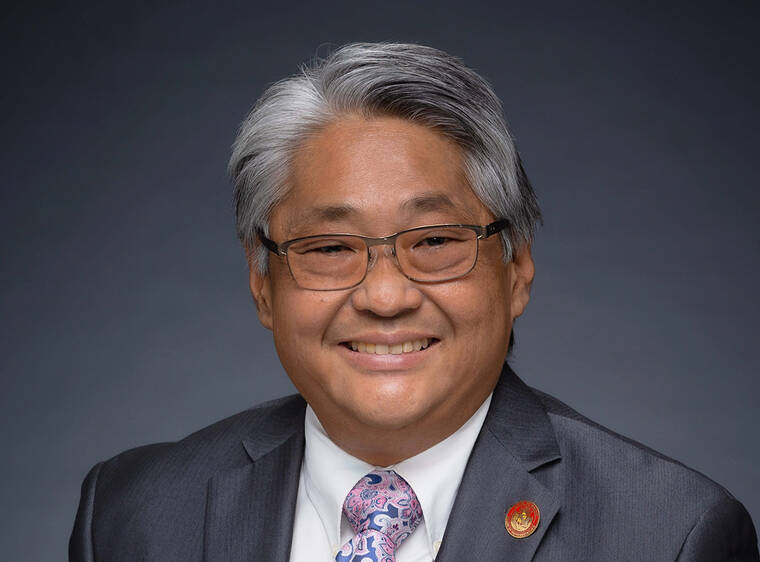The dilapidated former Uncle Billy’s Hilo Bay Hotel should be gone by next spring.
The 148-room hotel closed in 2017 and has been a blight on the Waiakea Peninsula ever since, becoming the site of squatters, drug use, vandalism, fires and other crimes.
Earlier this year, Hilo Councilwoman Sue Lee Loy introduced a County Council resolution urging the governor to declare the condition of the building an emergency and a public health hazard, leading Gov. Josh Green to issue an emergency proclamation in July that would expedite the regulatory processes necessary to demolish it.
“I think asking the police and fire departments to quantify the problem, how many calls they’re responding to in the area, really drove home how much resources we’re wasting by not doing anything,” Lee Loy said Friday.
The resolution estimated the county has spent more than $122,000 responding to more than 1,000 fire calls alone at the building since May 2018.
With the aid of Green’s proclamation, and with collaboration between the county administration, state legislators and the Department of Land and Natural Resources, the demolition of Uncle Billy’s could be wrapped up by March, Lee Loy said.
Lee Loy said she met with group of stakeholders — including Board of Land and Natural Resources Chair Dawn Chang and Hilo Rep. Mark Nakashima — on Thursday to discuss an updated timeline for the demolition process. According to that timeline, which was called “very tentative,” site preparation work would be completed by next fall, and demolition would begin in February.
“We have a great collaboration between the (Mayor Mitch) Roth administration, the Legislature and the DLNR to get this done,” Lee Loy said. “It really is a multipronged approach.”
Crews have spent part of August clearing vegetation from the site and will erect security fencing around the perimeter by the end of the month, Lee Loy said. Following that, site surveys should be completed by the end of September, and project planning by the end of November.
Further abatement measures will be carried out from November through January in advance of the start of demolition. Lee Loy said those measures will include ensuring that any squatters on the site are given support to find other places to stay.
“We’re working with Hope Services Hawaii so they have somewhere to go,” Lee Loy said. “You know, that’s part of the problem with downtown (Hilo), where if you force someone to leave, they’ll just go somewhere else … and of course we want to make sure nobody’s in there when the building comes down.”
Crews also will carry out rodent mitigation work before the demolition.
Lee Loy said the DLNR has reached out to neighboring businesses to inform them about the demolition plans, and they are being asked to notify the state if the project has any unanticipated impacts to their properties.
Hilo firm Engineering Partners has been selected as the engineering consultant, with Isemoto Contracting as the general contractor, and Oregon firm Northwest Demolition and Dismantling as the demolition subcontractor.
But once the building is gone, the future of the site is still up in the air.
For one thing, Lee Loy said, the hotel will not be gone without a trace: Some subsurface structures will still remain on site, but the property should at least be “uninhabitable,” which she said should prevent squatters from returning.
Nakashima said the question of what to do with the Uncle Billy’s site is part of a larger process to determine the future direction of Banyan Drive and the Waiakea Peninsula.
Many of the county’s discussions surrounding Uncle Billy’s over the past several months have reiterated the need for a master plan for the area that could better direct how properties are developed.
“We’re looking for a planner who can look at the site and the rest of the area to see what we can do with it,” Nakashima said. “It’s not just about maintaining the current properties but making better uses of the resources we have.”
Lee Loy said she wants to reenergize the Banyan Drive Redevelopment Agency — a body formed under Mayor Billy Kenoi’s administration — and work with the Hawaii County Development Authority to get stakeholders to work together on a vision for Banyan Drive’s future.

